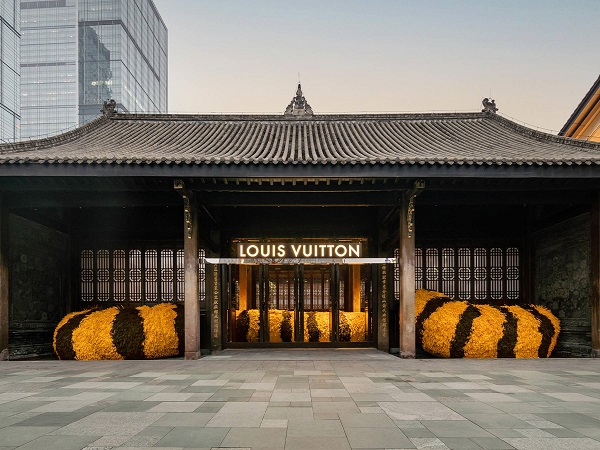
Some luxury brands are estimating a negative impact of -10 to -40 percent of revenue this year thanks to fresh lockdowns in major Chinese cities. Given the primary signs of recession in North America and Europe, the reliance on China as the engine for the growth in luxury is much less certain than in 2021. On top of this, the posh hospitality sector is suffering quite dramatically in China as most international travel has come to a standstill while domestic travel decreased significantly. This is reiterated by Bain & Company - domestic sales of personal luxury goods in China jumped 48 percent in 2020 and 36 percent in 2021, totaling nearly 471 billion yuan ($70.7 billion), a near doubling in just two years and then crashed in 2022.
Increasing challenges for luxury brands
However, the overall positive outlook for China is not changing. The country is consistently increasing its share of global wealth and more of its population is able to afford luxury purchases and experiences. However, there are massive challenges: Luxury must deal with rapidly evolving customer expectations, the fastest rise of Gen Z clientele in any country within the world, and an increasingly strong national sentiment where affluent customers change preferences towards domestic premium and luxury brands. Nike and Adidas had to find out the hard way over the last 18-24 months how fast local rivals like Anta and Li-Ning were able to outpace them, resulting in significant sales and market share losses.
For the first time in many decades, geopolitics poses a big risk to the operations of international brands on the mainland. Over the last months, we witnessed the sudden exit of luxury brands from Russia with the war in Ukraine and just how fast entire markets can be lost. Just in case of an escalation of the already increasing tensions in Southeast Asia and China’s ambitions with Hong Kong and Taiwan, the high dependency of luxury brands on China are often troubling. China is becoming the most important challenge for luxury brands. It has been already for many years, but the stakes are much higher now. A new level of strategic excellence and much higher managerial expertise in global portfolio management, global capabilities, and global empathy is what is required now. The “all eggs in one basket” strategy that helped many luxury brands to punch in significant growth over the last years, especially in 2021, can easily backfire. Luxury brands will have to recalibrate their global footprint, turn Europe back to a growth market, and expand in North America – all of this while these regions may head into recession. Still, China will remain a key marketplace for luxury brands. However, the upper the stakes get, the more western brands have to radically adapt their structures and capabilities to continuously play to win. If luxury brands hoped that 2022 are going to be “a walk in the park,” they were overly optimistic.
Import duties create price disparity
It should be noted that price disparity continues to plague the domestic purchase of luxury goods in China, where the difference from European prices can be as high as 40%. The huge Chinese duties on luxury goods led to the success of the Hainan Duty Free Store up until 2021. This is an indication that luxury brands might be better off investing in duty free hubs like Hainan to continue attracting domestic purchase.
As luxury brands are questioning on their presence and profitability in China, it seems closing down retail experiences can only do such brands more than good. Instead, they might want to expand to the second tier cities to mop up new clientele.












